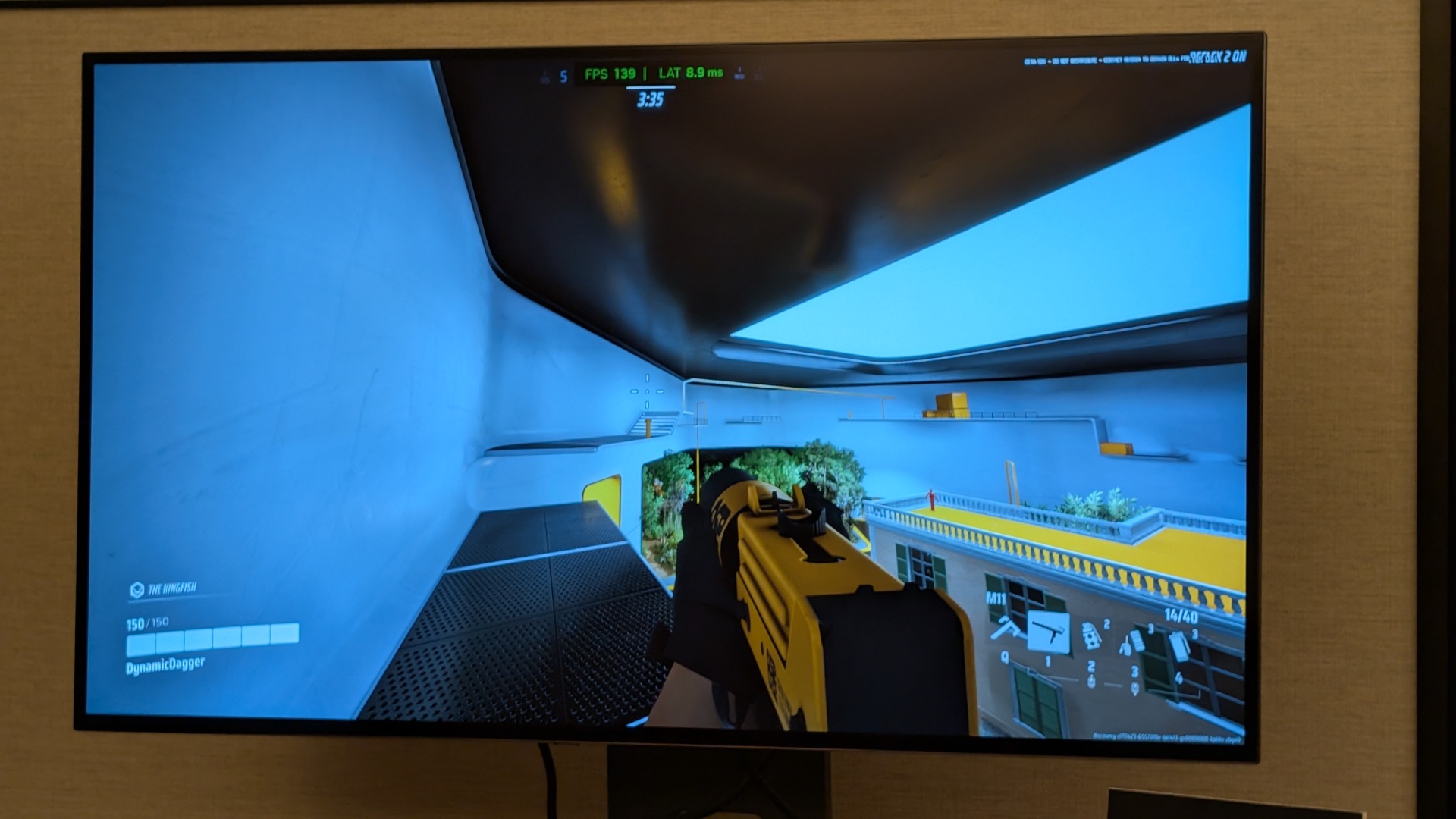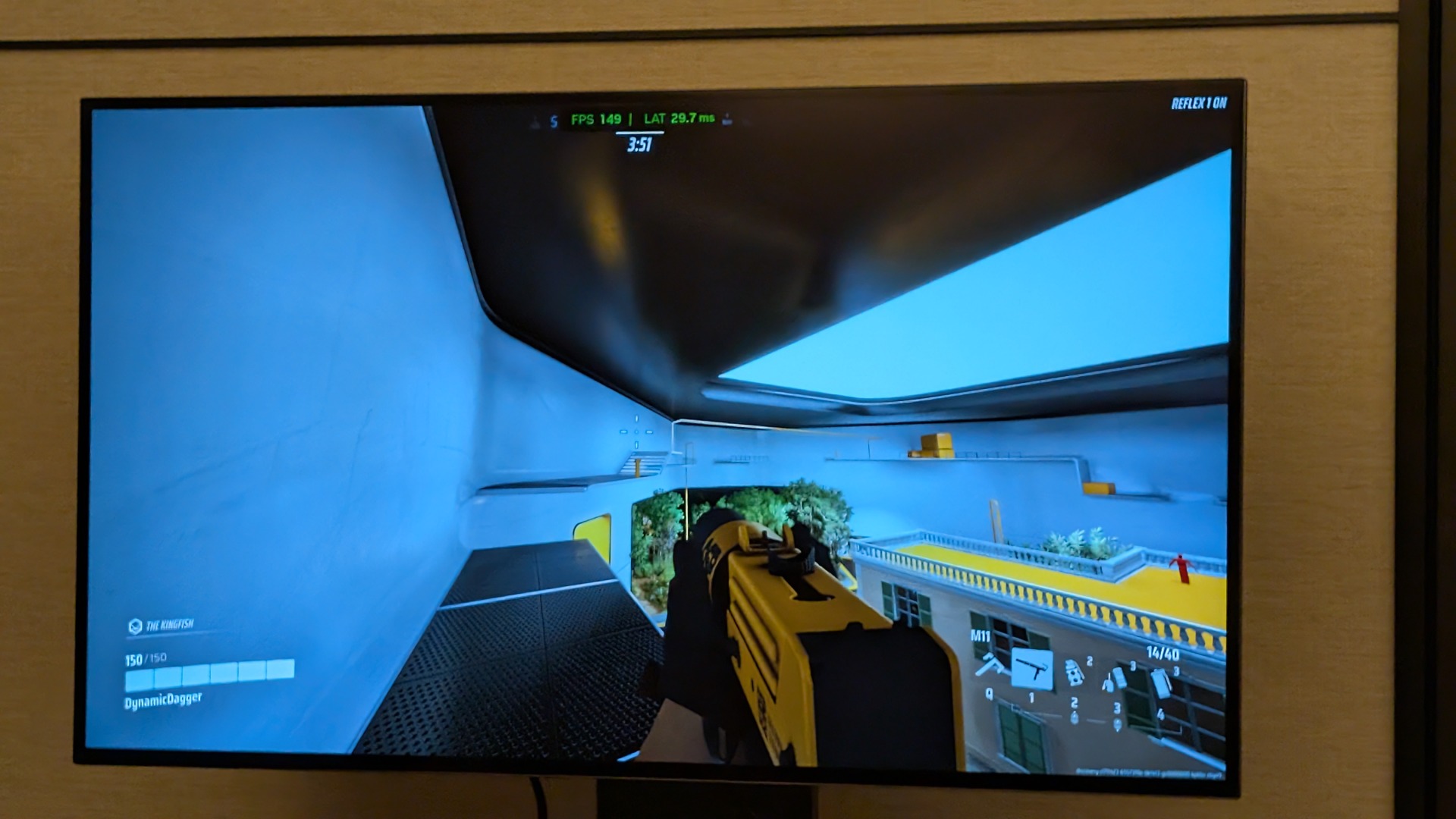Nvidia shows off Half-Life 2 RTX demo in side-by-side comparison, here’s what you should know

Table of Contents
One of the latest things Nvidia has been keen to show off is the Half-Life 2 RTX demo, a breakthrough for the company’s RTX Remix technology, which gives old games a fresh coat of ray-traced paint. The visuals certainly impress on the surface, and there’s a lot of AI tech working in the background to run the game at playable framerates.
We were recently invited to Nvidia’s in-person RTX Blackwell Showcase event on March 25th, where the company showed off a lot of RTX technology. This included a nice side-by-side demonstration of HL2 with RTX off and with RTX on. The visual difference is clear, but an important detail that Nvidia kindly recorded was the latency – sadly, there’s a lot of it.
Prime Day may have closed its doors, but that hasn't stopped great deals from landing on the web's biggest online retailer. Here are all the best last chance savings from this year's Prime event.
- Sapphire Pulse AMD Radeon™ RX 9070 XT Was $779 Now $719
- AMD Ryzen 7 7800X3D Processor Was $449 Now $341
- Skytech King 95 Ryzen 7 9800X3D gaming PC Was $2,899 Now $2,599
- LG 77-Inch Class OLED C5 TV Was $3,696 Now $2,996
- AOC Laptop Computer 16GB RAM 512GB SSD Was $360.99 Now $306.84
- Lexar 2TB NM1090 w/HeatSink SSD Was $281.97 Now $214.98
- Apple Watch Series 10 GPS+ Smartwatch Was $499.99 Now $379.99
- AMD Ryzen 9 5950X processor Was $3199.99 Now $279.99
- Garmin vívoactive 5 Smartwatch Was $299.99 Now $190
*Prices and savings subject to change. Click through to get the current prices.
HL2 RTX with similar frame rates comes with latency
The effects of frame generation on input latency are already known, but this has been accelerated with the release of Multi Frame Generation (MFG), currently exclusive to the RTX 50 series graphics cards. It is the natural evolution of the single-frame generation introduced in the 40 series.
Nvidia points out to us that there are multiple things that impact the latency, particularly in the case of Half-Life 2 RTX. Not only has the game been updated with ray tracing, DLSS, and Neural Rendering, every asset has also been remastered – this is all versus the vanilla experience on a game engine, Source, that is around 20 years old. As such, the latency should not be taken as a 1:1 comparison.
As seen in the images below, Nvidia’s latest hardware is capable of running ray-traced HL2 at over 160 FPS, but we can see that the latency hovers around 60ms. While we can not determine exactly how this compares to the non-RTX build (as it is not running Reflex to record latency, indicated by the 0ms reading), 60ms is indeed over the 40ms threshold BenQ refers to, where people may notice a difference.
It should be noted that MFG is required for a good frame rate in HL2 RTX, but as we discussed, it is not the only factor that affects latency. In any case, for a first-person shooter, this is far from ideal, though it’s not the worst thing in the world for a single-player game like Half-Life 2 RTX, and we’re sure the effects are felt less in a more casual environment, or on a controller.
The price of real-time lighting and neural rendering with DLSS in the HL2 RTX demo is clear. Nvidia has detailed how it aims to counteract this with the upcoming launch of Reflex 2, though it is yet to get an official release date. Reflex 2 will debut new Frame Warp Technology designed to reduce latency by up to 75%.
Nvidia also showed this off at the event, and the results were impressive. However, so far, the technology is only being demoed in Valorant and The Finals. Speaking of, we got to see a demonstration of this in The Finals, pictured below. With Reflex 1 on, the game hovered around 30ms of delay, but with Reflex 2, this dropped dramatically to 8-9ms.
We hope to see similar results in HL2 RTX, should Reflex 2 be supported in the future.





